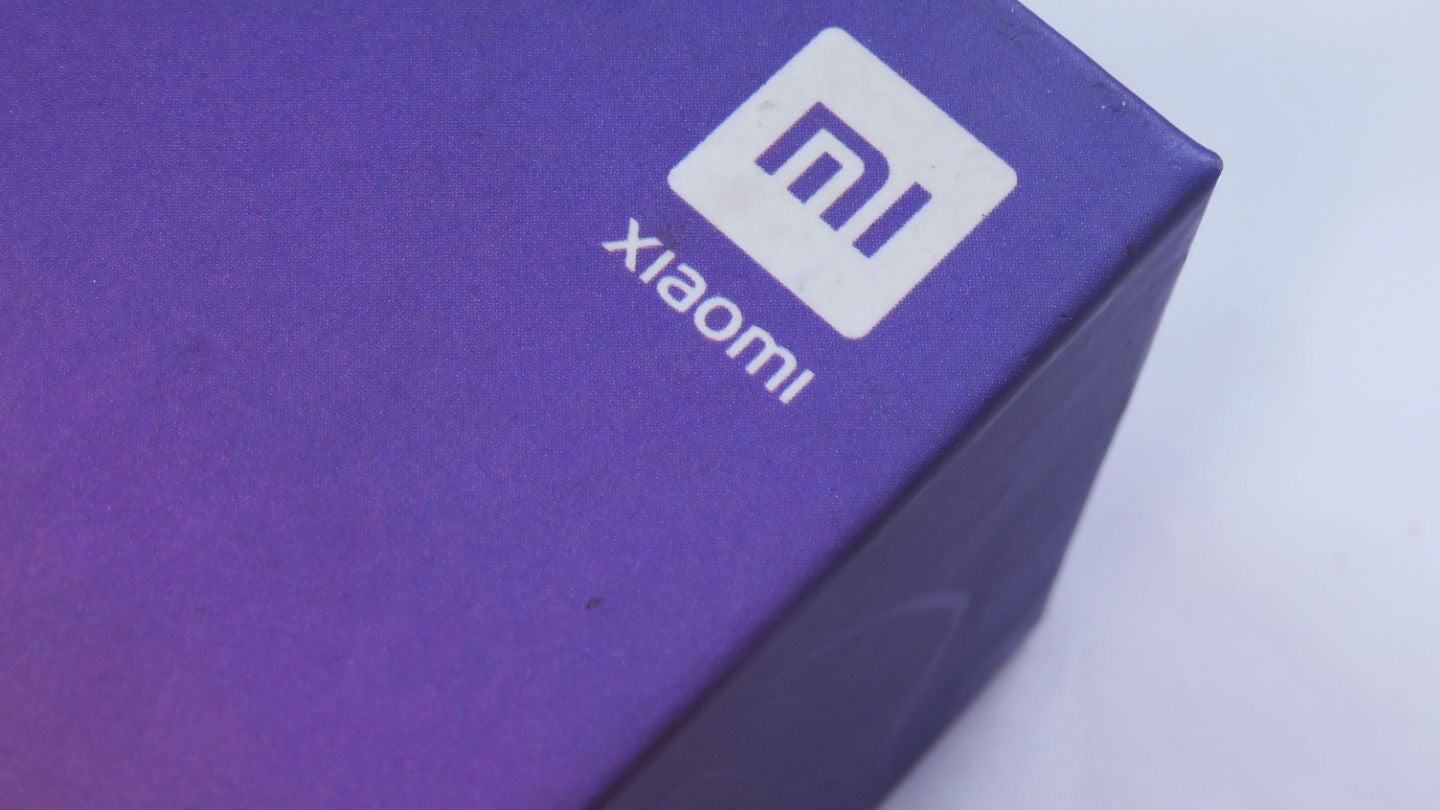
Shown in Barcelona during the Mobile World Congress 2023, Xiaomi’s Wireless AR Glass, brings single-hand hand gesture control and an untethering from cable connection, solving a pain point of portability, one of the major drivers for mainstream focused AR glasses. But a consumer launch is unclear as the device remains a prototype with low battery life.
The device comes with a novel “retina-level” display, a pixels per degree (PPD) of 58, offers single-hand gesture control as well as brightness of up to 1200 nits. The device is lightweight at 126 grams. The Wireless AR Glass does not need a cable connection and can connect wirelessly to a Xiaomi 13 series phone or any other Qualcomm Snapdragon Spaces-ready phone.
Xiaomi’s glasses offer mixed reality, battery life, and low latency
Xiaomi’s glasses combine elements of mixed reality – a combination of virtual reality (VR) and augmented reality (AR), which is where the metaverse segment is headed. This allows the glasses to take advantage of use cases for both VR and AR instead of limiting their use to one tech. The glasses also use single-hand and finger-gestures to move around in the UI as well as control smart home technology, a notch over rival consumer glasses which largely remain single-use case devices.
Current AR glasses are either designed for a single use case, such as real-time language translation (like Xiaomi’s Mijia Glasses) or are nothing more than wearable displays. Other glasses like Microsoft’s HoloLens are used entirely for enterprise, which offers more use cases and revenue opportunities. But most AR glasses still need to be tethered to a cable wire for use. Although Xiaomi’s glasses are untethered, that freedom is offset by an unacceptable battery life of 30 minutes, which remains a hindrance to any device with mainstream ambitions.
Xiaomi’s glass lenses enable a blackout mode that offers an immersive experience when viewing content, while the transparent mode produces a more vivid AR experience that blends reality and virtual elements. But it is difficult to describe in entirety what mixed reality will evolve into. As networks emerge, addressing latency, more use cases will arise. Xiaomi is also addressing the latency issue.
The Wireless AR Glass Discovery Edition comes with Xiaomi’s proprietary low-latency communication link, offering wireless latency as low as 3 milliseconds between the smartphone to the glasses, and an untethered non-cable latency as low as 50 milliseconds which is comparable to wired solutions. AR glasses, with their unobtrusiveness, are expected be the next frontier of devices in the metaverse.
How well do you really know your competitors?
Access the most comprehensive Company Profiles on the market, powered by GlobalData. Save hours of research. Gain competitive edge.

Thank you!
Your download email will arrive shortly
Not ready to buy yet? Download a free sample
We are confident about the unique quality of our Company Profiles. However, we want you to make the most beneficial decision for your business, so we offer a free sample that you can download by submitting the below form
By GlobalDataMainstream AR will need the support of US Big Tech
AR glasses are not without problems. Shrinking AR’s immersive tech into consumer-friendly hardware has been the biggest challenge facing companies. But companies like Lumus, an Israeli AR optics company, have worked on shrinking its waveguide technology to only a few millimeters in size, so that it can be fitted into a corner of an eyeglass lens.
The future potential for inconspicuous AR products – for example, glasses, which stand out far less than headsets and are easier to wear – in consumer settings is big, perhaps not as much as a smartphone right now, but iteratively building on features and ability as networks mature will drive AR device growth. GlobalData estimates that smart glasses alone, which include AR glasses, will bring in revenues of $2.3 billion by 2030.
Xiaomi’s position as an IoT powerhouse
But mainstream AR glasses won’t happen without support from big tech companies like Alphabet, Amazon, Apple, Meta, and Microsoft. Globally, Baidu, Alibaba, Tencent, and Xiaomi (BATX) are seen as the Chinese competitors or equivalent to US big tech. Xiaomi is an IoT powerhouse and is called the ‘Apple of the East’. Xiaomi has a thriving and diverse ecosystem of devices which range from smartphones to kettles, wearables, lightbulbs, headphones, shavers, pens, etc.
Xiaomi also has a highly incentivized strategy of introducing consumers to Mi branded devices and services and effectively locking them into the Mi ecosystem, which is probably the most successful in the Android space.
Smaller players in the AR/VR space, including Magic Leap, which is massively funded, continue to flounder. The company laid off a large number of employees in 2020, including its CEO, and abandoned its mass-market AR plans to focus on healthcare, manufacturing, and defence. Its current goal is to be acquired by a big tech company.
Big Tech soldiers on
Yet Big Tech companies, despite setbacks, are soldiering on. Meta has bought seven of the most successful VR development studios, and now has one of the largest VR content catalogues in the world.
Google and Apple have bought several smaller start-ups in the AR/VR segment. Despite misfires like Google’s abandoned Glass project and Microsoft’s now enterprise- and military-focused HoloLens, the race to develop consumer-friendly AR glasses is in full swing.





Related Company Profiles
Apple Inc
Alphabet Inc
Qualcomm Inc
Baidu Inc
Xiaomi Inc